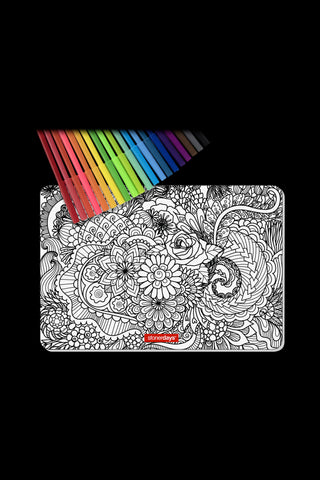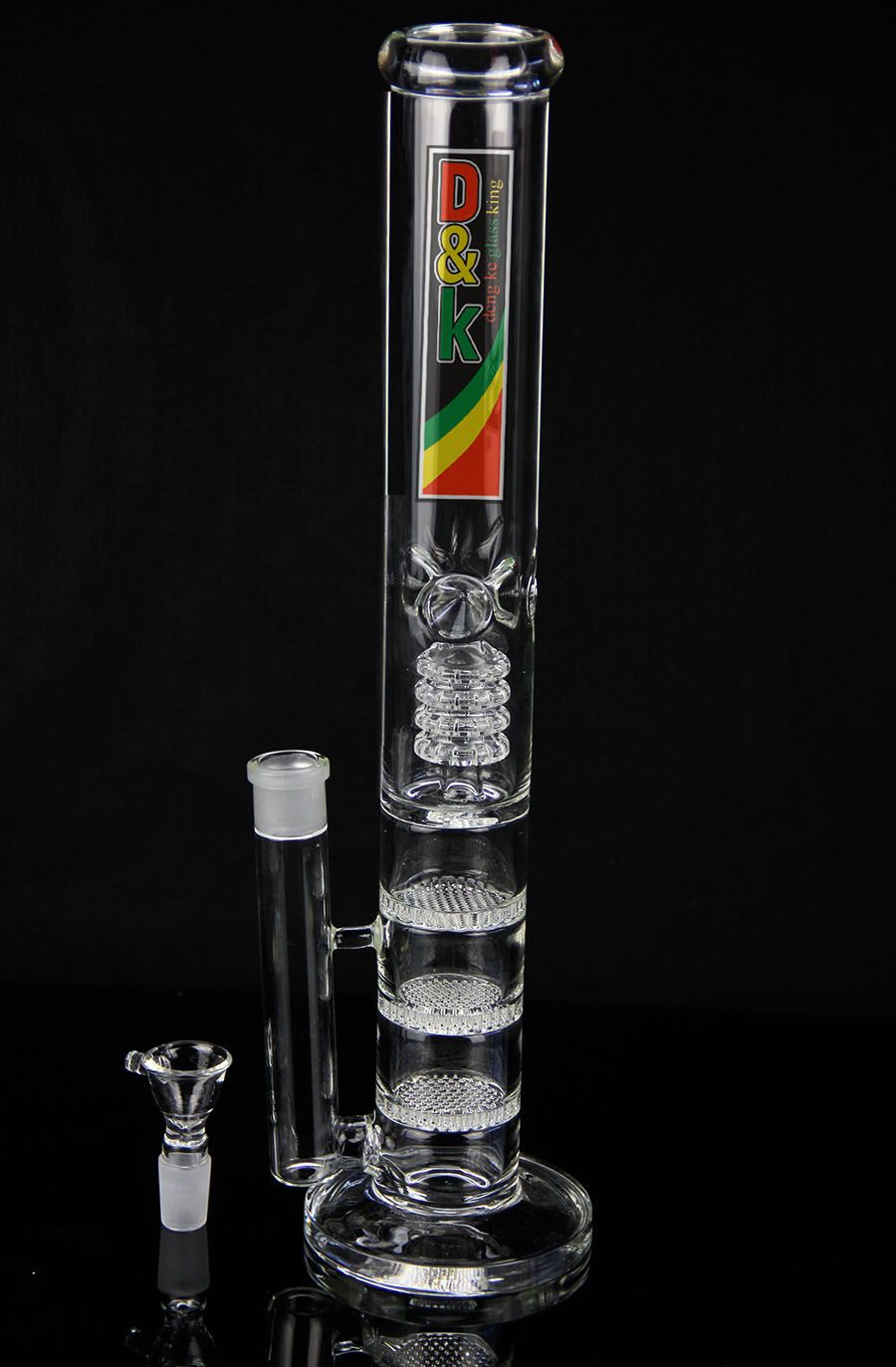How much water do you put in a bong?
If you are new to using a bong, you might be wondering how much water you need to put in it. The answer is not as simple as you might think, because different bongs have different designs and features that affect the optimal water level. However, there are some general guidelines that can help you get the best experience from your bong.
A bong is a device that uses water to filter and cool the smoke from burning herbs or tobacco. It usually consists of a bowl, where you place your smoking material, a stem, which connects the bowl to the water chamber, and a mouthpiece, where you inhale the smoke. Some bongs also have a carburetor, or carb, which is a hole on the side of the bong that you cover and uncover to control the airflow.
The main purpose of the water in a bong is to filter out some of the harmful substances and particles from the smoke, such as tar, ash, and carbon monoxide. The water also cools down the smoke, making it smoother and less harsh on your throat and lungs. However, too much water can also reduce the potency and flavor of your smoke, as some of the active compounds and terpenes can dissolve in the water.
So how do you find the right balance between filtration, cooling, and potency? Here are some tips to help you adjust the water level in your bong:
- The most basic rule is to fill the water chamber until it covers the bottom of the stem or downstem. This ensures that the smoke passes through the water and gets filtered and cooled. You can use a flashlight or hold the bong against a light source to check if the stem is submerged.
- Depending on the design of your bong, you may want to add more water than just covering the stem. For example, if your bong has a percolator, which is a device that creates more bubbles and increases the surface area of the smoke in contact with the water, you need to fill enough water to cover all the holes or slits of the percolator. This will maximize the filtration and cooling effect of your bong.
- However, you don’t want to overfill your bong with water either. Too much water can cause several problems, such as:
- Splashing: If the water level is too high, it can splash into your mouth when you inhale, which is unpleasant and unsanitary. You can avoid this by leaving some space between the water level and the mouthpiece.
- Drag: If the water level is too high, it can create too much resistance or drag when you inhale, making it harder to pull the smoke through. You can avoid this by leaving some space between the water level and the carb (if your bong has one), or by pulling out the bowl when you clear the smoke.
- Dilution: If the water level is too high, it can dilute some of the active compounds and terpenes from your smoke, making it less potent and flavorful. You can avoid this by using fresh and cold water every time you use your bong, as warm or stale water can absorb more of these substances.
- The optimal water level for your bong may vary depending on several factors, such as:
- The size and shape of your bong: Larger and wider bongs may require more water than smaller and narrower ones.
- The type and amount of smoking material: Different herbs or tobacco may produce different amounts and qualities of smoke, which may affect how much water you need.
- Your personal preference: Some people may prefer more or less filtration and cooling than others, depending on their tolerance and taste.
- The best way to find out how much water works best for your bong is to experiment with different levels and see how they affect your smoking experience. You can start with covering the stem or downstem with water, then add or remove water until you find your sweet spot. You can also use different types of water, such as distilled, filtered, tap, or mineral water, to see if they make any difference.
In conclusion, there is no definitive answer to how much water you should put in your bong. The ideal water level depends on various factors related to your bong design, smoking material, and personal preference. However, by following some general guidelines and experimenting with different levels, you can find the optimal water level for your bong and enjoy a smooth and satisfying smoking session.
References:





